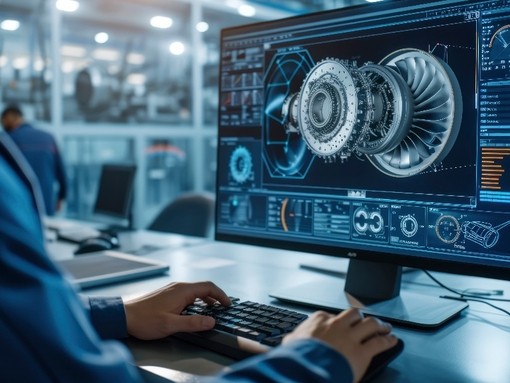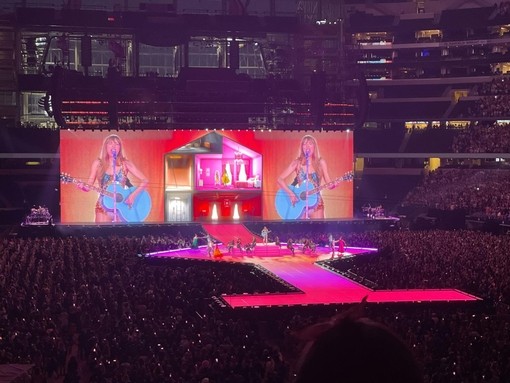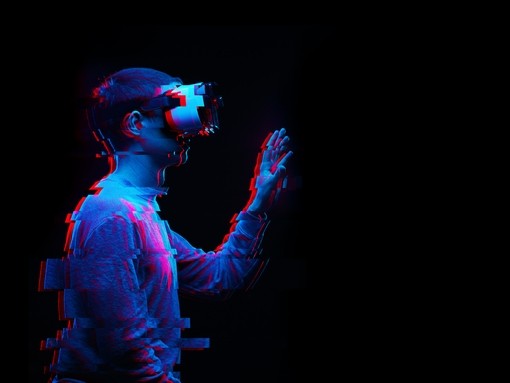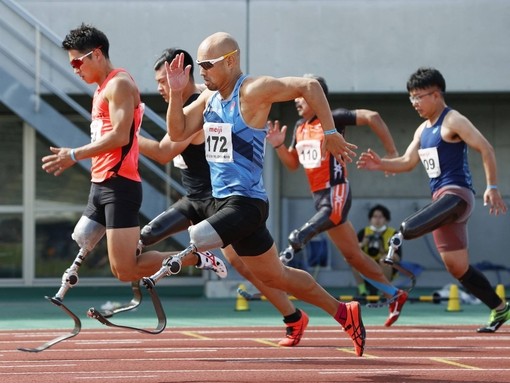
Cybercab launch: what we know about Tesla’s newest AI vehicle
Contents
At a studio lot at Warner Bros. in Southern California, techno-king Elon Musk launched his latest advancement in autonomous vehicles with the reveal of the Cybercab, a self-driving taxi that promises to revolutionise the transportation industry.

The Cybercab is Tesla’s latest in a line of driverless vehicles that are set to take to our streets in the not-too-distant future (Musk was vague on solid details). So, what do we know about the vehicle, and the tech behind it?
What we learned from the launch
Automated vehicles have been a key aim of Musk for at least the last decade. Current iterations of their vehicles have driver-assistance features which includes the potential for full self-driving, but these still require a human driver to be present as a backup. The Cybercab presented as a two-seater vehicle with no steering wheel or pedals, removing this as an option entirely.
During his launch event, which followed his arrival in a Cybercab after a short, automated drive around the parking lots of the studios, Musk announced that the new vehicle would “probably” be in production by 2026, with a price tag mooted to be sub-$30,000. It’s worth noting that Musk has made a series of claims and predictions about his other products availability and cost over the years, so these comments are unlikely to be given too much weight, since so much relies on production lines and safety permits.
In what he terms as a “glorious future”, Musk envisions a world where Cybercab owners can be used as taxis (sort of like an Uber service) when not being used by their owners, generating income.
Alongside the Cybercab, Musk also teased a Robovan, a larger version which could carry up to 20 people, but stopped short of providing any details on production timescales, cost or an estimated release date.
What makes the Cybercab different?
Unlike other driverless cars, the Cybercab relies solely on cameras and visual-based data to control its movement. Falling under the general umbrella of artificial intelligence, the computer vision process involves image acquiring, analysing, and extracting information from visual sources. This information is then processed to allow the computer to translate the visual content into data which is turned into computer-readable language, and this is how the Cybercab will be able to navigate busy streets.
Many other attempts at autonomous vehicles rely on sensor systems, harvesting data such as radar to orient their position, resulting in multiple data streams. This is not the case with these vehicles and the aim is for the singular data stream to be much more reliable, as well as faster.
Our purpose is to enable businesses to create a smarter, safer, better-performing world by placing the right tech talent into the right organisations. Search our latest jobs in tech here
















